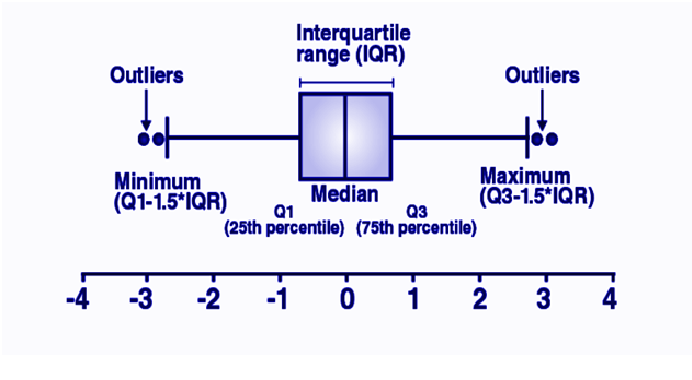Choosing the kind of charts or representation relies upon the sort of information. The most widely recognized types of data representation are the bar graph or pie chart. For mathematical information, the quantity of information esteems will influence the choice.
The most proper type of data representation for more modest mathematical informational collections is probably going to be the stacked speck plot or the stem-and-leaf plot. These are versatile for looking at two informational indexes. Histograms are a helpful graphical structure for huge mathematical informational indexes. Box and Whisker Plot, which show a synopsis of the information in five qualities, are additionally helpful for huge informational indexes.
Bar graphs and box plots are ubiquitous in logical writing. They are normally used to picture amounts related to a bunch of things. Addressing the information precisely, be that as it may, requires picking the proper plot as indicated by the idea of the information and the errand at hand. Bar graphs are suitable for tallies, while box plots ought to be utilized to address the attributes of a circulation.
What is a Box and Whisker Plot?
The container and stubble plot, now and again essentially called the crate plot, is a sort of diagram that assists with imagining the five-number rundown. It doesn’t show the appropriation in as much detail as histogram does, yet it’s particularly helpful for demonstrating whether a dispersion is slanted and regardless of whether there are possible surprising perceptions in the informational collection. A case plot is great for contrasting circulations on the grounds that the middle, spread and general reach are promptly evident.

To get box-and-whisker plots, you need to get medians and quartiles of an informational collection. The median is the center value of the data. The median ( Q2 ) separates the data into two parts. The lower quartile ( Q1 ) is in the middle of the lower half, and the upper quartile ( Q3 ) is in the middle of the upper half.
Elements of Box and Whisker Plot:
- Minimum value (Q0 or 0th percentile) – Smallest value in the data
- First quartile (Q1 or 25th percentile) – Value less than 25% of data
- Median (Q2 or 50th percentile) – Middle most value
- Third quartile (Q3 or 75th percentile) – Value above 25% of data
- Maximum value (Q4 or 100th percentile) – Largest value in the data
- Interquartile range – Difference between maximum and minimum value
What is a Bar Chart?
Bar graphs are the pictorial representation of information as vertical or even rectangular bars, where the length of bars is relative to the proportion of information. They are otherwise called bar chart. Structured presentations are one of the methods for information dealing with insights.
The width of the bars drawn are uniform and the axes are represented by variables. The measures of the variables are represented on the axes. The heights of the bars represent the measure of the variables or a quantity.We can also represent the frequency distribution table using bar charts, where the data can be understood and calculated.
Attributes of bar charts are:
- The reference chart assists with looking at the changed arrangements of information among various gatherings without any problem.
- It shows the relationship utilizing two tomahawks, in which the classifications on one hub and the discrete qualities on the other pivot.
- The chart shows the significant changes in information after some time.
